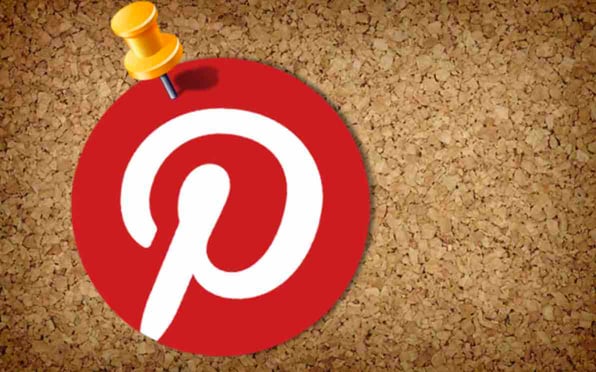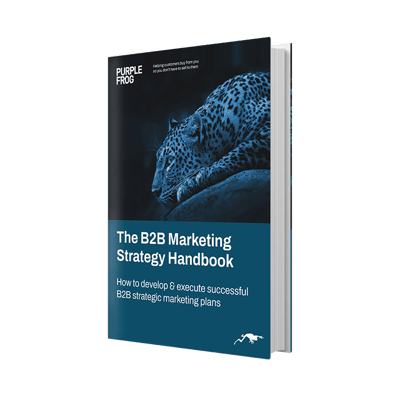Have you got a Pinterest?
This two-year-old social bookmarking site is suddenly kicking up a storm as retailers discover that it’s increasing traffic to their sites. This article looks at ways in which brands can adopt Pinterest as a marketing channel, without forgetting the issue of copyright.
So what is Pinterest?
Pinterest is essentially an online pinboard; users can collect, organise and share things they find both online (through the “Pin it” bookmarklet tool) and offline (through the iPhone app). Pinterest boards can be created around any interest: popular examples for Pinterest boards include wedding planning and interior design.
The social aspect comes from sharing your pinboards and browsing others’. Depending on your sharing settings, you can choose to share your board with others who have similar interests (as well as existing friends) and also view theirs. The goal of Pinterest is: “to connect everyone in the world through the ‘things’ they find interesting”.(http://pinterest.com/about)
This site is currently most popular with women, who account for 80% of traffic and 55% of these are aged 25-44 (Business 2 Community, 16/2/12), so if your brand is focused on this target market you should be considering whether you can incorporate Pinterest into your social media strategy. However, with the increasing interest in this site, this will inevitably change as the network continues to grow.
So how can brands use Pinterest?
The most obvious reasons to use Pinterest as part of your marketing mix are to increase sales and to engage with consumers. Tracking those who ‘Pin’ items and then targeting them with relevant advertising/content is one such avenue, but how can brands engage with the app itself?
We’ve jotted down a couple of ideas:
- Create Pinterest boards in categories outside your product offering, for example showing how you might use your products to decorate a room, or how you might combine fashion items. These can be directly linked to your website to drive sales.
- Show the story behind your brand, behind the scenes work, and what’s driving you at the moment.
- Let consumers and employees create boards for your brand to show you what they love about you. As an example, Starbucks’ recent free latte promotion was highlighted by brand republic. You can see their board at: http://pinterest.com/brandrepublic/starbucks-uk-free-latte-promotion/
- Try running Pinterest competitions, for the best collection in a particular category.
- Try to engage with people Pinning content from your site or in your market sector, by commenting on, liking and Repinning their content.
- Seek to build relationships with high performing Pinners in your ‘category’ with an excellent reputation (shown by likes and Repins), as this means you will be seen by those following that Pinner, as well as the possibility of encouraging them to post about and pin your products.
- You could use Pinterest as a new avenue for product research: looking at the popularity of products and the combinations users are creating for inspiration.
These are campaign led ways of using Pinterest but your first step towards engaging on the network could simply be to encourage ‘Pinners’ by putting a ‘Pin It’ button on your website.
Legal
Although Pinterest has been around for a couple of years, it’s only recently been highlighted that copyright laws are still applicable on Pinterest. It’s important to consider whether you have the right to Pin or Repin. As a brand it is important not to have anything on your Pinboards without gaining Copyright permission first. This is nothing new to marketers as it’s the same with any imagery that is used within a campaign, but it’s worth getting advice if there’s any uncertainty.
Conclusion
There are many possibilities for brands to engage with their target audience through Pinterest as part of the marketing mix. However, any brand considering creating a Pinterest board should beware: Pinterest does not condone self-promotion and brands who just Pin their own products and information will be ignored by consumers. So look wider and show what inspires you. Pinterest is not just about pretty pictures, it’s about the personality and interactions that come with it.
Interested? To find out how Purple Frog could help you use Pinterest within your Social Media strategy call 01844 295170 or email more@purplefrog.co.uk
More blog posts

Pinterest For Business: 6 Steps to Success
What is Pinterest? In a previous blog post we discussed it as being a good platform but it does take maintenance. It works by...Online visibility for businesses
March xx, 8.30am - A breakfast seminar showing how to generate online visibility using social media. Venue: Purple Frog, The...




